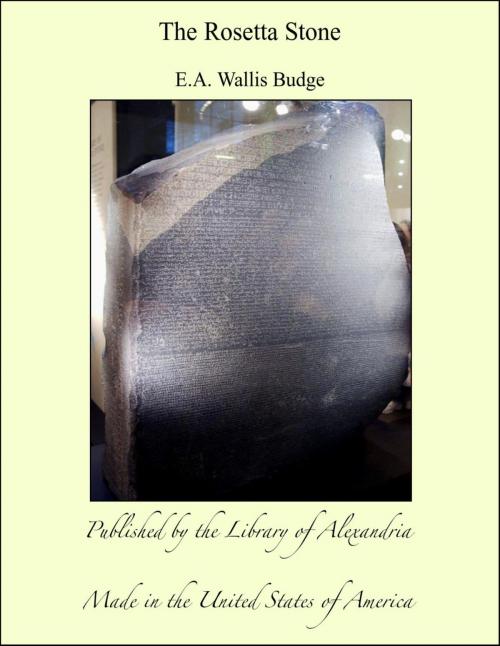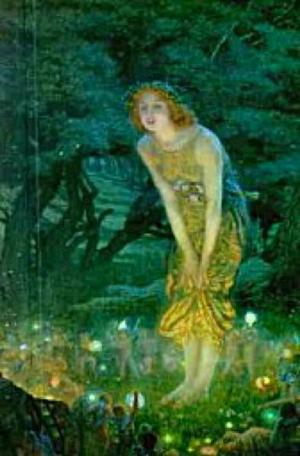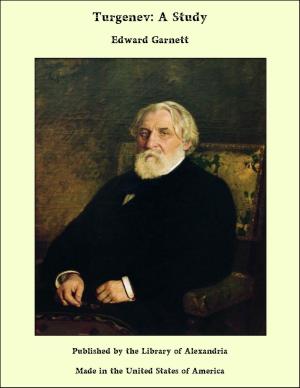| Author: | Sir Ernest Alfred Thompson Wallis Budge | ISBN: | 9781465577009 |
| Publisher: | Library of Alexandria | Publication: | March 8, 2015 |
| Imprint: | Language: | English |
| Author: | Sir Ernest Alfred Thompson Wallis Budge |
| ISBN: | 9781465577009 |
| Publisher: | Library of Alexandria |
| Publication: | March 8, 2015 |
| Imprint: | |
| Language: | English |
The following remarks upon the decipherment of the Egyptian hieroglyphics may be fitly introduced by a description of the remarkable objects of antiquity whose names stand at the head of this chapter. Finding of the Rosetta Stone.The Rosetta Stone is a slab of black basalt, which is now preserved in the British Museum (Egyptian Gallery, No. 24). It was found by a French artillery officer called Boussard, among the ruins of Fort Saint Julien, near the Rosetta mouth of the Nile, in 1799, but subsequently came into the possession of the British Government at the capitulation of Alexandria. It is inscribed with fragments of 14 lines of hieroglyphics, 32 lines of demotic, and 54 lines of Greek. A portion of the stone has been broken off from the top, and the right-hand bottom corner has also suffered injury. It now measures 3 ft. 9 in. × 2 ft. 4½ in. × 11 in. We may arrive at an idea of the original size of the Rosetta Stone by comparing the number of lines upon it with the number of those upon theStele of Canopus and Rosetta Stone compared Stele of Canopus, which is inscribed in hieroglyphic, demotic and Greek, measures 7 ft. 2 in. × 2 ft. 7 in. x 1 ft. 2 in., and is inscribed with 36 lines of hieroglyphics, 73 lines of demotic, and 74 lines of Greek. The demotic inscription is on the edge of the stele. This stele was set up at Canopus in the ninth year of the reign of Ptolemy III., Euergetes I. (B.C. 247-222), to record the decree made at Canopus by the priesthood, assembled from all parts of Egypt, in honour of the king. It records the great benefits which he had conferred upon Egypt, and states what festivals are to be celebrated in his honour, and in that of Berenice, etc., and, like the Rosetta Stone, concludes with a resolution ordering that a copy of this inscription in hieroglyphics, Greek and demotic, shall be placed in every large temple in Egypt. Now the Rosetta Stone is inscribed with 32 lines of demotic, and the Stele of Canopus with 73; but as the lines on the Rosetta Stone are rather more than double the length of those on the Stele of Canopus, it is pretty certain that each document is of about the same length. The Stele of Canopus has 74 lines of Greek to 54 on the Rosetta Stone, but as the letters are longer and wider, it is clear from this also that the Greek versions occupied about the same space. Allowing then for the difference in the size of the hieroglyphic characters, we should expect the hieroglyphic inscription on the Rosetta Stone to occupy 14 or 15 lines.
The following remarks upon the decipherment of the Egyptian hieroglyphics may be fitly introduced by a description of the remarkable objects of antiquity whose names stand at the head of this chapter. Finding of the Rosetta Stone.The Rosetta Stone is a slab of black basalt, which is now preserved in the British Museum (Egyptian Gallery, No. 24). It was found by a French artillery officer called Boussard, among the ruins of Fort Saint Julien, near the Rosetta mouth of the Nile, in 1799, but subsequently came into the possession of the British Government at the capitulation of Alexandria. It is inscribed with fragments of 14 lines of hieroglyphics, 32 lines of demotic, and 54 lines of Greek. A portion of the stone has been broken off from the top, and the right-hand bottom corner has also suffered injury. It now measures 3 ft. 9 in. × 2 ft. 4½ in. × 11 in. We may arrive at an idea of the original size of the Rosetta Stone by comparing the number of lines upon it with the number of those upon theStele of Canopus and Rosetta Stone compared Stele of Canopus, which is inscribed in hieroglyphic, demotic and Greek, measures 7 ft. 2 in. × 2 ft. 7 in. x 1 ft. 2 in., and is inscribed with 36 lines of hieroglyphics, 73 lines of demotic, and 74 lines of Greek. The demotic inscription is on the edge of the stele. This stele was set up at Canopus in the ninth year of the reign of Ptolemy III., Euergetes I. (B.C. 247-222), to record the decree made at Canopus by the priesthood, assembled from all parts of Egypt, in honour of the king. It records the great benefits which he had conferred upon Egypt, and states what festivals are to be celebrated in his honour, and in that of Berenice, etc., and, like the Rosetta Stone, concludes with a resolution ordering that a copy of this inscription in hieroglyphics, Greek and demotic, shall be placed in every large temple in Egypt. Now the Rosetta Stone is inscribed with 32 lines of demotic, and the Stele of Canopus with 73; but as the lines on the Rosetta Stone are rather more than double the length of those on the Stele of Canopus, it is pretty certain that each document is of about the same length. The Stele of Canopus has 74 lines of Greek to 54 on the Rosetta Stone, but as the letters are longer and wider, it is clear from this also that the Greek versions occupied about the same space. Allowing then for the difference in the size of the hieroglyphic characters, we should expect the hieroglyphic inscription on the Rosetta Stone to occupy 14 or 15 lines.















